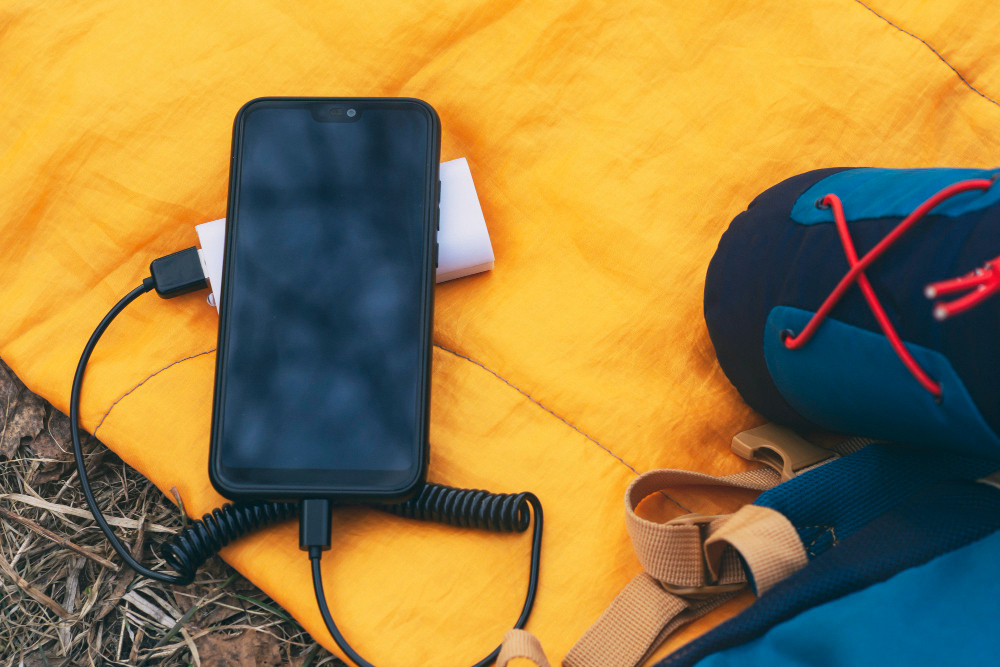The Complete Guide to Power Cable Accessories and Fast Charging Technologies
The How’s and Why’s of Power Cable Accessories
Iphone cases, screen protectors, power banks. To put it in the simplest words these are all the accessories that help you charge your phone.
Charging your phone is an everyday routine which you have to do if you want to use your device for anything. These chargers are necessary because charging our phones consumes a lot of power which has increased with the technological advancements that have been made over these years.
What is a Power Cable?
A power cable attaches to the end of the electric cord and provides power to your computer. It has three pronged plug, which can be used to plug into a wall socket for power.
A power cable is an important component of any electrical appliance that needs external power source. It delivers electricity from the wall socket to the appliance through an electric cord.
3 Types of Connectors and Cords that Power our Devices
The USB-C connector was introduced as a new standard for charging and data transfer in 2015. It is now the most commonly used connector for phones, tablets, and laptops.
In 2018, Apple introduced their own version of the lightning adapter called the “lightning to USB-C cable” which can be used to charge newer Apple products like iPhone XS.
If you have a smartphone with a USB-C connector and an iPad with a lightning adapter)
The first thing you need to do is find out if your phone has a USB-C connector or lightning adapter.) If it has USB-C then you will need to buy a new charger that has both connectors on it.) If your phone has Lightning adapter then you will need to buy an extra lightning to USB-C.
There are 3 types of connectors that power our devices. These are USB-C connector, lightning adapter, and micro USB connector.
The first type of connector is the USB-C connector. It is a small rectangular shape with a small circular “teeth” on the side to help plugging the charger into your device. There are two different ends for this type of connector, which are the A and B ends. This means you have to know which one you need before purchasing it so you can be sure it will work with your device.
The second type of connector is the lightning adapter. It’s not as universal as the USB-C connection but it does allow for faster charging over microUSB connectors because it supplies more power; however, Lightning cables cannot typically be plugged into USB. Visit https://datacentresafety.com/
Charging Basics – What You Should Know about Your Devices Charging Port
Your device’s charging port is the gateway to power. It’s where you connect your charger and transfer electricity from your wall socket to your battery so that you can use it over and over again.

The charging port on a device can be found in a wide variety of places: the side of the device, the bottom, next to the volume buttons, in a recessed area on the back. Some manufacturers even place it right next to their logo!
Charging ports are not all created equal though. They vary from one manufacturer to another and from one phone model to another.
Many people find that they need a quick charge or fast-charging technology for their phone because they don’t have time for a full charge overnight or throughout the day between charges.
How to Select the Best Charger for Your Device
This guide will guide you through the various types of chargers and how to select the best charger for your device.
The first thing to consider is the charging cable. Most chargers come with a cable, but some do not so be sure to research which you need before purchasing a charger.
The next thing to look at is the wattage of the charger. The higher the number, the faster your device will charge. However, this does not mean that if you have a high wattage charger that it will charge your device faster than a lower wattage one will depending on what kind of phone or tablet you have and how old it is.





